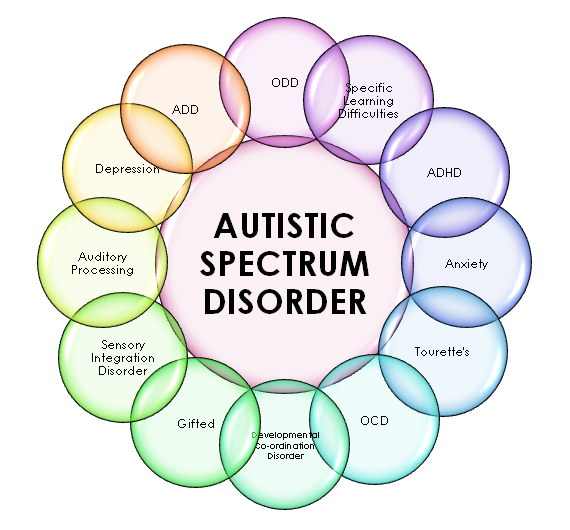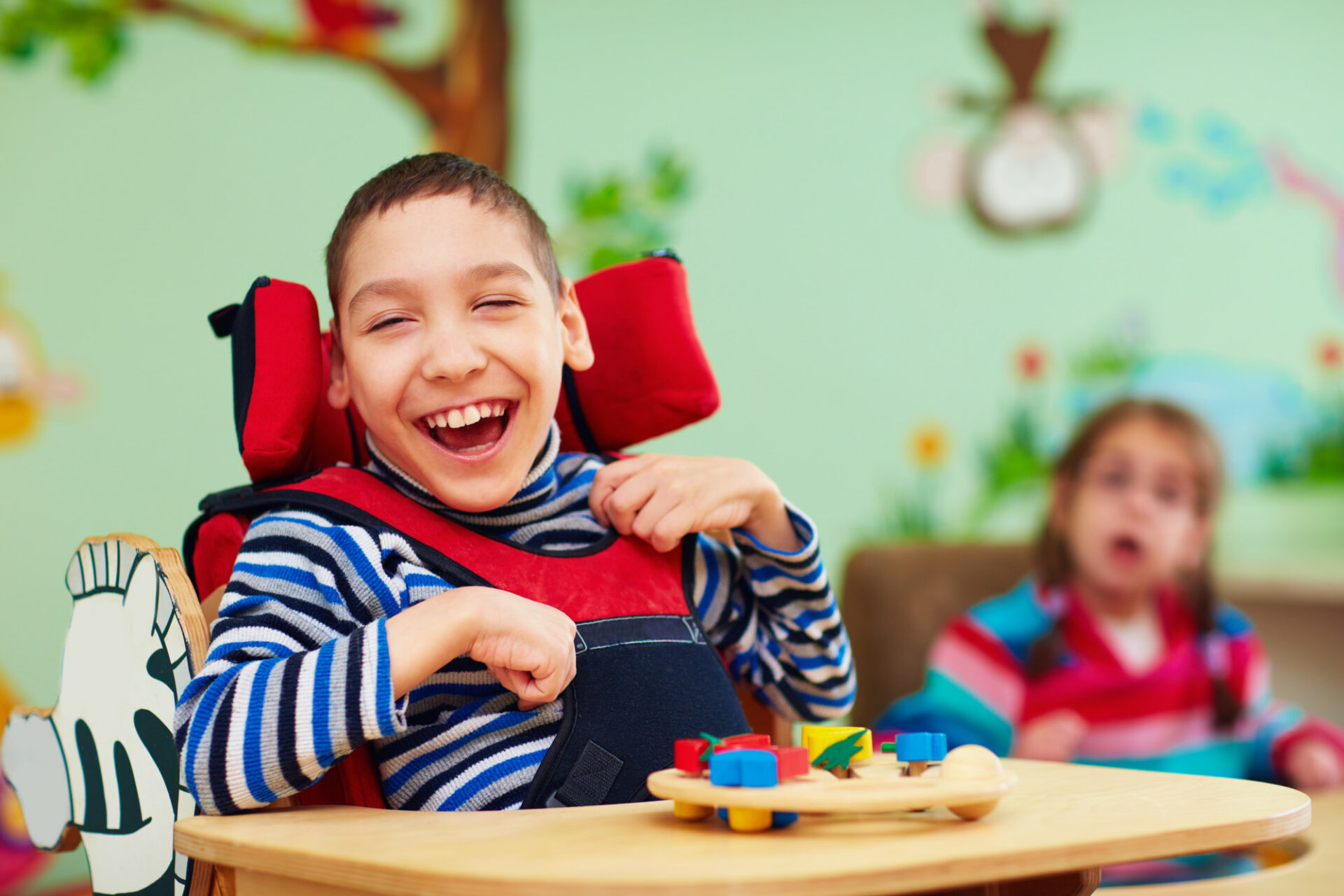Understanding Autism: A Comprehensive Overview to Symptoms And Signs
Autism Spectrum Condition (ASD) incorporates a wide variety of characteristics that can considerably influence an individual's social communications and day-to-day performance. Recognizing the signs and symptoms and indicators, such as challenges with eye call, social communication difficulties, and sensory sensitivities, is essential for very early intervention. Understanding these nuances not only aids caretakers and instructors in offering proper assistance however likewise fosters a much more inclusive setting for people with ASD. As we explore the complexities of autism, it becomes important to consider how these signs show up in a different way throughout the range and what ramifications they hold for reliable treatment approaches.
Overview of Autism Spectrum Problem
Defining Autism Spectrum Condition (ASD) involves recognizing it as a complex neurodevelopmental condition defined by a variety of difficulties in social communication, communication, and behavioral patterns. The term "range" shows the vast irregularity in signs and symptoms and their extent, which can vary considerably from one individual to one more. ASD generally materializes in very early childhood years, although some people might not receive a diagnosis till later on in life.
Variables influencing the advancement of ASD include ecological factors and genetic predispositions, although the precise causes continue to be under investigation. Medical diagnosis usually depends on behavioral analyses, as there are no clear-cut clinical examinations for ASD. Early treatment is important and can considerably improve outcomes, concentrating on improving interaction skills, social interactions, and adaptive behaviors.
Individuals with ASD may likewise exhibit special strengths, such as outstanding interest to detail or details locations of knowledge. Understanding the complex nature of ASD is vital for cultivating an inclusive environment that accommodates neurodiversity. Continued research is important for establishing efficient treatments and support group, enabling individuals with ASD to grow and fulfill their prospective within society.
Usual Indications of Autism
Recognizing the usual signs of Autism Spectrum Condition (ASD) is important for very early identification and intervention. These signs can vary widely in extent and discussion, yet certain attributes are often observed in people with ASD.
Among one of the most widespread signs is a significant difficulty in establishing and keeping eye call. People may also show minimal interest in social interactions and reveal a choice for singular play. Recurring actions, such as hand-flapping, rocking, or spinning items, often arise early in childhood years. Furthermore, some children may develop rigorous regimens and come to be troubled if these routines are disrupted.
Sensory level of sensitivities are additionally common; people may overreact or underreact to sensory stimulations, such as lights, appearances, or audios. autism. Language development can be atypical, with some kids exhibiting delayed speech or making use of language in uncommon ways, consisting of echolalia-- duplicating sentences or phrases heard in other places
It is important to keep in mind that not every individual with ASD will certainly present all these indications, and the level of these actions can vary substantially. Early acknowledgment permits timely assistance and sources, improving the lifestyle for those on the range.
Social Communication Challenges
Social communication difficulties are a trademark of Autism Range Condition (ASD), influencing a person's capability to involve efficiently with others. These difficulties can manifest in numerous ways, consisting of difficulties in starting and maintaining discussions, recognizing social hints, and reacting appropriately in social communications.
Individuals with ASD might battle with nonverbal communication, such as eye get in touch with, faces, and body language. This can cause misconceptions, as their communicative intent might not be appropriately analyzed by others. They might find it challenging to understand the subtleties of tone and context, which are vital for reliable communication.
In group setups, people with ASD may feel overwhelmed and might not recognize how to join in conversations (autism). They may additionally display atypical conversational patterns, such as monologuing concerning details interests without acknowledging social reciprocity
In addition, these obstacles can cause social seclusion or problems in forming partnerships, as peers may misunderstand their actions or interaction design. great post to read Understanding these social communication challenges is critical for promoting supportive environments that promote social skills development and boost the quality of interactions for individuals on the autism spectrum.
Sensory Sensitivities and Actions
Lots of people with Autism Range Problem (ASD) experience heightened sensory sensitivities that can considerably affect their daily lives. An individual with ASD may locate daily sounds, such as a vacuum cleaner or crowded settings, extremely stressful, leading to stress and anxiety or disasters.
Sensory handling distinctions in people with ASD can likewise impact their capacity to participate in regular tasks and social communications. A youngster that is sensitive to touch might resist physical love or prevent particular clothes textiles. Conversely, a preference for certain textures or preferences can restrict dietary alternatives and create challenges throughout mealtimes.
Comprehending these sensory level of sensitivities is important for recognizing the special experiences of individuals with ASD. Awareness of their sensory accounts can cultivate better interaction and assistance techniques, creating an atmosphere that fits their requirements and boosts their lifestyle. Eventually, acknowledging sensory sensitivities is a critical element of comprehending the more comprehensive range of autism.

Sustaining People With Autism
Effective assistance for people with Autism Range Condition (ASD) is vital for improving their total health and promoting self-reliance. Support approaches need to be tailored to satisfy the special requirements of each person, considering their toughness and obstacles.

Social abilities training can additionally play an essential role. autism. Involving individuals in team tasks or role-playing circumstances can enhance their capability to browse social communications. In addition, it is necessary to educate relative, caregivers, and peers about ASD to cultivate a comprehensive and helpful community
Final Thought
By cultivating improved interaction and social skills, click this link individuals with autism can browse imp source their environments more effectively. Ultimately, raised recognition and support can considerably boost the high quality of life for those affected by ASD.
Autism Range Condition (ASD) includes a broad array of features that can dramatically impact a person's social interactions and day-to-day functioning.People with ASD might struggle with nonverbal interaction, such as eye contact, face expressions, and body language.Numerous people with Autism Range Problem (ASD) experience enhanced sensory sensitivities that can dramatically influence their everyday lives.Sensory handling differences in people with ASD can also influence their ability to engage in regular tasks and social interactions.Understanding these sensory sensitivities is essential for identifying the special experiences of people with ASD.